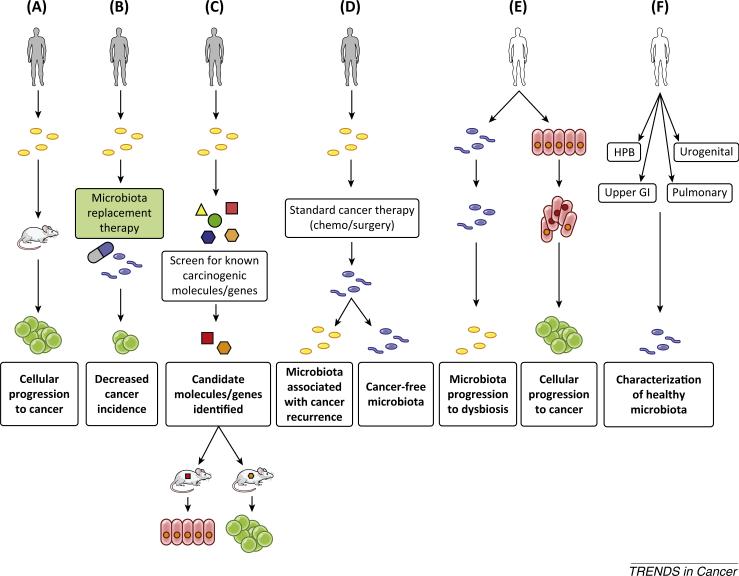Figure 1. Proposed Oncobiome Studies Necessary to Progress the Field of Research.
Cancer subjects (gray) or healthy subjects (white) are presented for each area of needed investigation. (A) Cancer-associated microbiota (yellow) is transmitted to mice with humanized immune systems to investigate their interaction with the human immune system and their ability to cause cancer. (B) Patients at high risk or with a genetic predisposition to cancer are treated with microbiota replacement therapy to restore eubiosis (blue). Patients are compared to the general population and control subjects not treated with microbiota replacement therapy for differences in cancer incidence. (C) The microbiota of cancer patients are screened for known carcinogenic molecules and genes. Candidates are identified and tested in vivo for their ability to cause cancer formation. (D) The microbiota of cancer patients are determined before and after standard cancer treatment. Determination is made regarding restoration of eubiosis and if continued or recurrent dysbiosis is associated with cancer recurrence. (E) The microbiota of healthy subjects are determined prospectively and correlated with the development of precancerous and cancerous lesions. (F) The microbiota of healthy individuals are determined for various organ systems and body fluids. This will prove crucial for future investigations and to determine if body fluids/specimens from one site can act as a surrogate for a different disease site.

